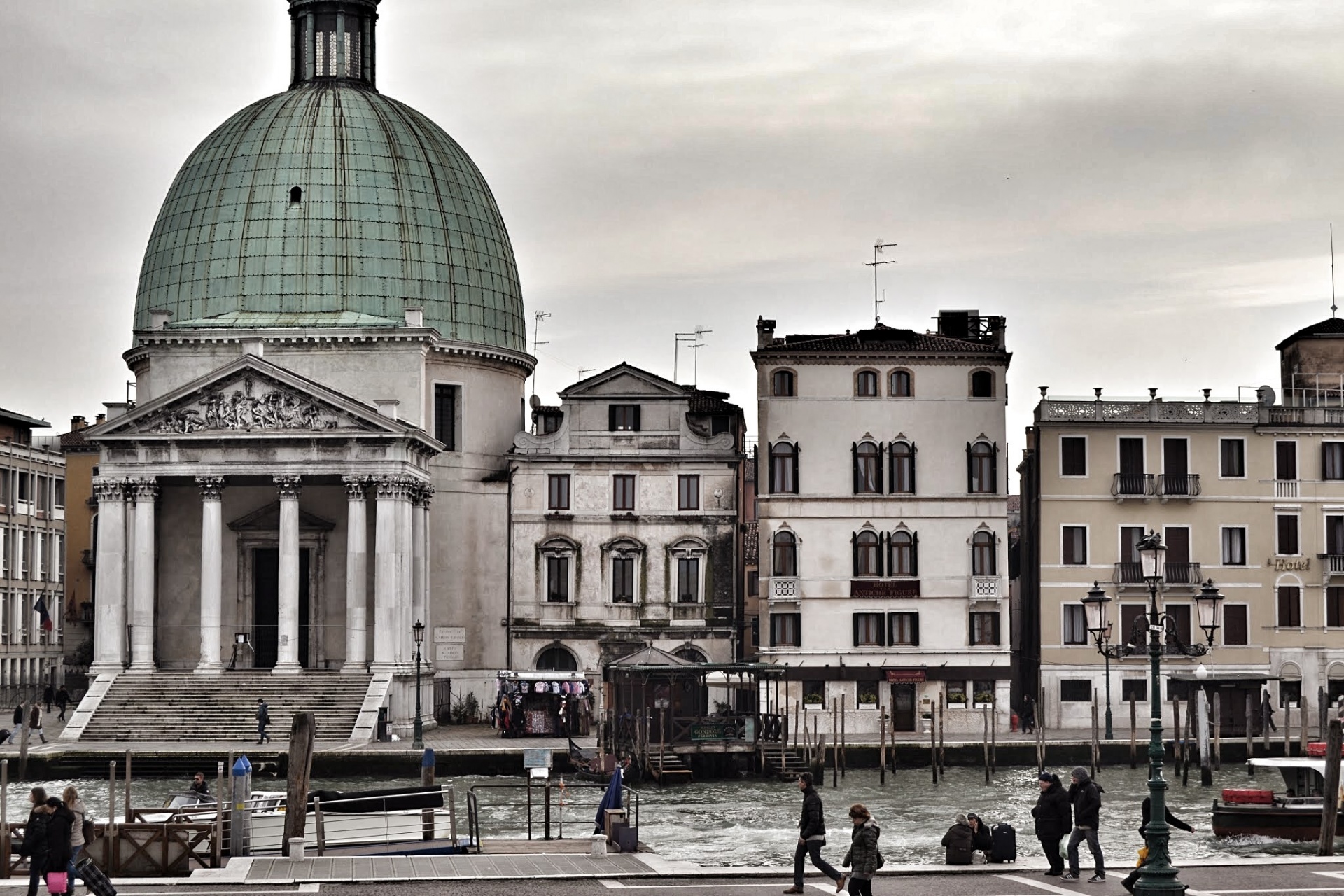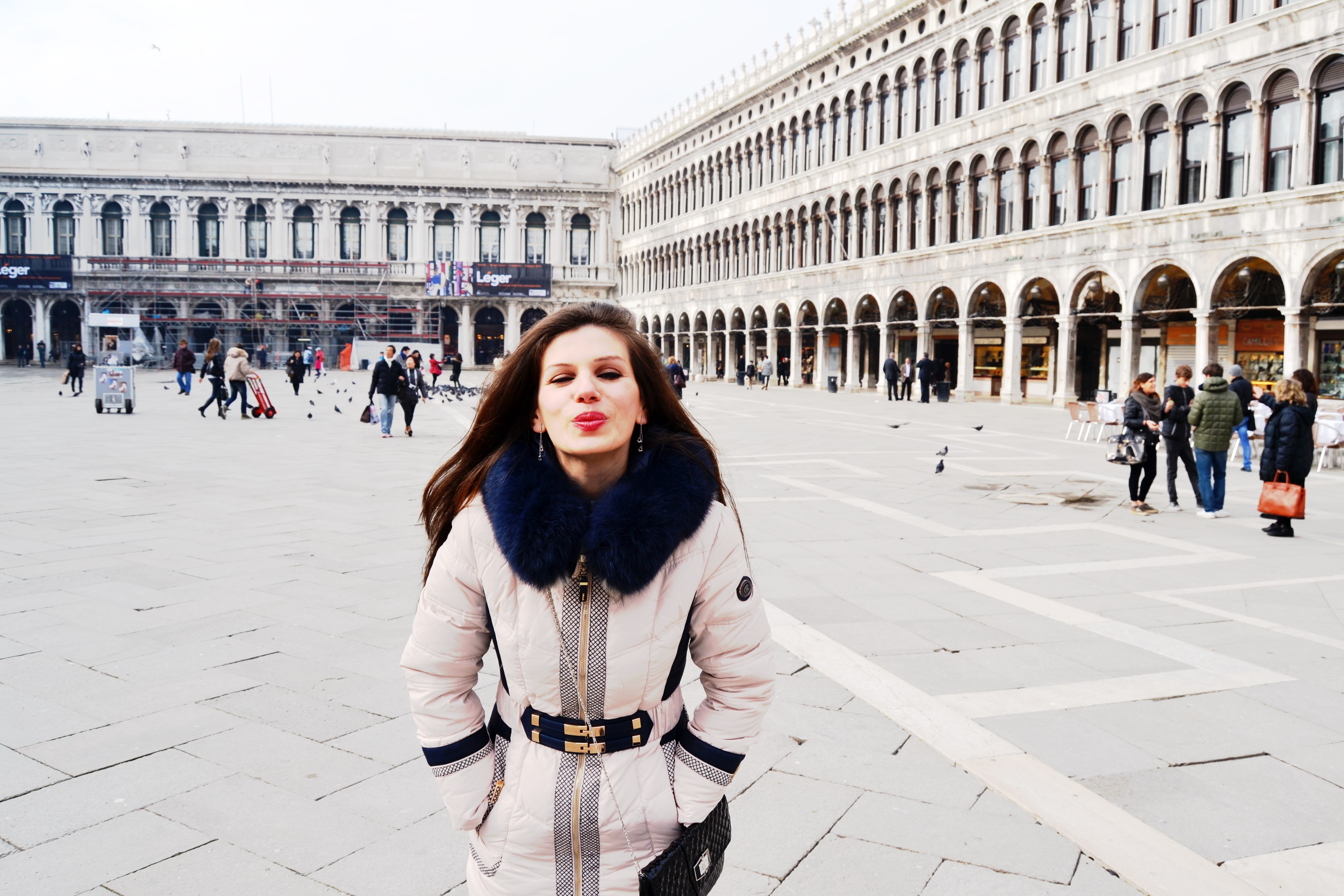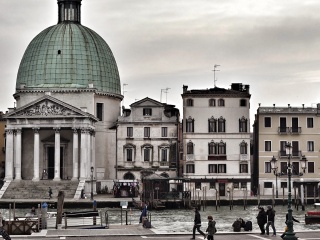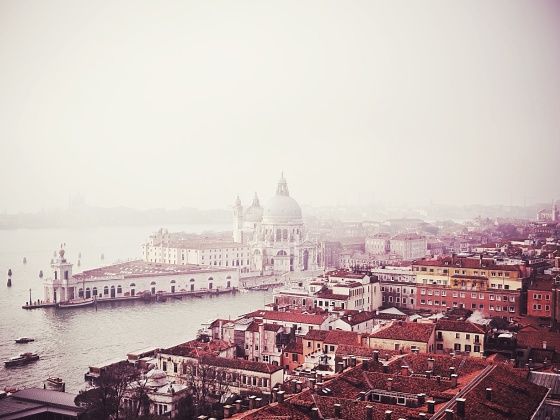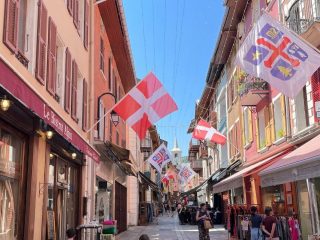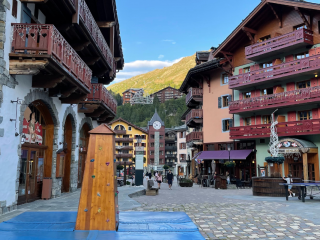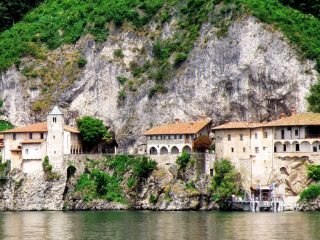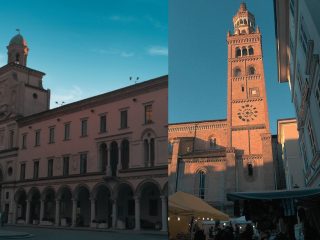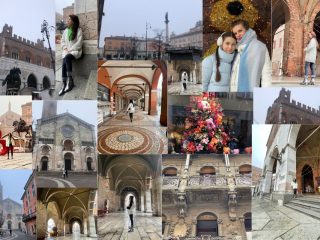Venice, located in north-eastern Italy, is one of the most charming cities in the world. The city is known for its picturesque canals, colourful buildings and Renaissance art.
We took the train from Milan bound for the “city of romance, of ultimate love and of the cruelest betrayals in love”. I really wanted to go there. And it was the perfect time to make this getaway and throw myself in front of a mystery, to float in freedom, to let myself be pampered with new beauties of Italy. There is much to say about Venice, much known and much unknown. Much about this city cannot be put into words. You have to get there: to feel, to see and to experience.
Venice’s canals
This mystical place continues to fascinate generations of tourists, lured by the city’s fame and history floating on the water.The Canals of Venice are probably the city’s most famous symbol. They are a labyrinth of water running through the city, offering opportunities for romantic walks or gondola rides. The city streets are replaced by these canals, which are an important source of transport for locals and tourists.
Architecture of Venice
The first thing that jumps out at you once you arrive in Venice is the architecture of the buildings, which nobly bear the imprint of time. Venetian architecture is a boundless subject that will always bring new words of praise, astonishing us with the way it manages to preserve itself over time.
Much of the city’s charm comes from its strange appearance, which in turn comes from its unusual location: on 118 small islands separated by 177 canals, in a lagoon of the Adriatic Sea. The houses are built on wooden pillars – brought from the mainland – which are driven into the water and pass through a layer of silt and sand until they come to rest on the deeper, more resistant clay layer of the lagoon floor. Underwater, in the absence of oxygen, the wood did not rot and, subjected to the constant action of water full of mineral sediment, over time it petrified. Most of these pillars, which have been under water for centuries, are still intact.
History of Venice
There are several variations on the origins of Venice. One is that in the early pre-Christian era, small populations of fishermen lived here, but according to historians the city was built by Roman citizens in the Middle Ages and Renaissance, from the 2nd to the 6th century.
In the 6th century, during the reign of the Byzantine emperor Justinian, the present territory of Venice came under Byzantine rule, and the influence of this long rule is visible in the city’s architecture. At that time the great Venetian families began to build sumptuous palaces, magnificent buildings that still adorn the city today. Many of these palaces have at least two facades so that they can be admired from both the sea and the land. The public spaces were also lavishly decorated with statues, paintings and mosaics in which art historians often detect Byzantine influence.
Venice seen from above
Places to visit in Venice
For many, Venice is synonymous with romance, so we have been told, from films and books. The city’s legends have made it famous as the city of love, which is why many couples choose it as their destination.
Venice never tires and never sleeps. The number of tourists in search of romance is at its highest in February, when the international holiday Valintan’s day is approaching, but also because the famous Carnival takes place in February.
The streets of Venice are a maze, and if you want to find your way out, you have to keep reading the walls of the buildings, where there are signposts. These alleys come alive with quaint shops and restaurants that are crowded together and tempt you. All those narrow, dark alleys lead to Piazza San Marco.
Piazza San Marco is dominated by the cathedral of the same name, which soon became one of the symbols of Venice. Built in 828 by the Byzantine-style Doge Justinian Participzio, it was built to house the relics of St Mark the Evangelist, the city’s patron saint.
In front of the cathedral stands the 97-metre-high bell tower of San Marco. It was built in 1540 and its function was for surveillance and observation. Its most famous ‘guardian’ was Galileo, who took advantage of the tower’s height for his studies and observations.
Venice: Bridge of Sighs
From here a few metres further on you’ll find the Bridge of the Suspines, which connects the old prisons to the interrogation cells in the Doge’s Palace.
The name is said to have been inspired by the sobs of convicts as they crossed the bridge to spend their last moment of freedom. Legend has it that if you kiss your loved one just as the gondola passes under the Bridge of Sighs, your love will be eternal and overcome every obstacle. Another legend tells of a family in which there were seven sisters, one more beautiful than the other, except for one who was very ugly. Until one evening when seven stars appeared in the sky, six bright and one a little paler. Suddenly, the last one became the brightest of them all and so the girl became the most beautiful of the sisters.
The Bridge of Sighs recalls the suffering of Casanova, the most famous seducer of all time, who loved 132 women.
It should be noted that Venice’s most famous attractions in the Middle Ages and Renaissance period were its courtesans. In Venice, as in other Italian cities, there were two categories of prostitutes: the common ones – the lowest category – who merely practised the ‘sex for money’ business in its simplest form, and the so-called honest courtesans, refined, highly educated women who knew music and poetry, dance and the art of conversation, and used all these skills to delight the patrons who provided them with a living. They received special instruction to develop all these gifts – it could be said, therefore, that Venice had a real school with a tradition of training courtesans.
Follow me on Instagram and Facebook

